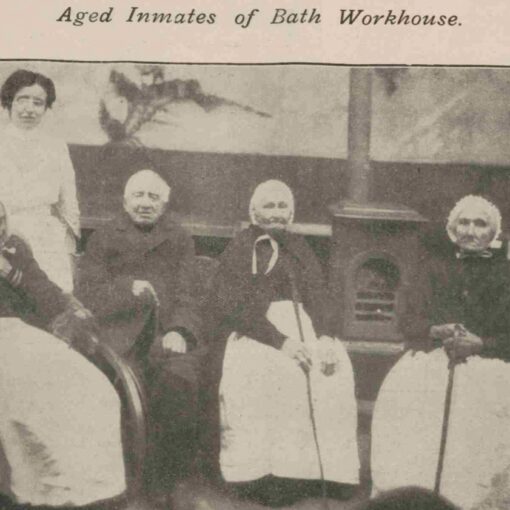Morning Post – Wednesday 28 December 1831
The case of the John Chapman an occasional body-snatcher.
Marlborough Street – Carriage robbery.
“John Chapman, a fellow well-dressed, who was a few months since convicted at Kingston for body-snatching, was yesterday placed at the bar for re-examination before J.E. Convant Esq., charged with aiding in the following daring robbery: — The system of following Gentlemen’s carriages, stage-coaches, carts & c., and robbing them, sometimes even in broad daylight, has become quite notorious. On this occasion the carriage of George Palmer Esq., a magistrate of Surrey, was travelling through that county on its way to Langham place, on Friday afternoon, when it was followed nearly the whole of its route via a small chaise-cart, in which was the prisoner and another man. On their arrival at Charles Street, St James’s, one of the individuals got out of the cart and cut away the portmanteau which was attached to the carriage, and threw into the cart. He then ran off, and the prisoner was taken with the portmanteau in the cart.
Mr. Conant informed of the prisoner that it was necessary he should be remanded for a week”.
Analysis of the Case
- John Chapman’s Background: The accused, John Chapman, is described as “well-dressed,” which suggests he did not fit the stereotypical image of a destitute criminal. His prior conviction for body-snatching adds a macabre dimension, linking him to the disreputable trade of illicitly exhuming corpses, often for medical research or anatomical study. This detail highlights the public’s awareness and condemnation of body-snatching, a practice that had gained notoriety in the early 19th century.
- Nature of the Crime: The incident involved Chapman and an accomplice following a magistrate’s carriage and stealing a portmanteau (a type of luggage). The article’s mention of similar carriage-related robberies paints a picture of organized theft targeting travellers. The crime’s brazenness, occurring in “broad daylight,” underscores the growing lawlessness in urban areas during this period.
- Law Enforcement: The magistrate presiding over the case, Mr. Conant, orders Chapman’s remand, a standard legal procedure of the time. This reflects the systematic, albeit limited, approach to criminal justice in 19th-century London, where suspects could be held for further investigation.
Understanding Life in London in the 1830s
- Crime and Society:
- Urbanization and the rapid growth of London led to increasing crime rates. Overcrowding, poverty, and unemployment fueled a variety of criminal activities, from pickpocketing to highway robbery.
- Carriage and stagecoach robberies were common crimes, particularly in affluent areas or along major travel routes.
- Body-Snatching:
- While the article does not dwell on Chapman’s prior crime, body-snatching was a contentious issue in the early 19th century. Before the 1832 Anatomy Act, medical schools relied on body-snatchers to supply cadavers for anatomical studies, leading to public outrage and fear.
- Transportation and Travel:
- Wealthy individuals traveled in private carriages, making them attractive targets for thieves. Portmanteaux and other luggage, often strapped to the exterior of vehicles, were easy prey for robbers.
- The reference to Langham Place and Charles Street situates the crime in affluent parts of London, where criminal activity often intersected with the movements of the upper classes.
- Judicial Process:
- The process described—a preliminary examination followed by remand—reflects the structure of justice at the time. Magistrates played a key role in initial investigations and deciding whether cases warranted further proceedings.
Historical Context for Researchers
This article sheds light on several historical themes:
- Class and Crime: Chapman’s attire and criminal enterprise suggest that crime was not limited to the impoverished but could also involve individuals of higher social standing or those who appeared respectable.
- Law and Order: The article illustrates the reactive nature of policing and the limited deterrents available prior to the establishment of a modern police force (the Metropolitan Police had only been founded in 1829).
- Daily Life: The crime highlights everyday risks of travel and transport in 19th-century England. It also underscores the importance of material possessions and their vulnerability during transit.
Conclusion
Articles like this are invaluable for historians seeking to understand 19th-century urban life. They reveal the intersection of social issues, crime, and law enforcement in a rapidly changing society. This particular case also provides a narrative of intrigue, showcasing both the audacity of criminals like Chapman and the nascent efforts of authorities to maintain order in the bustling streets of early Victorian London.




